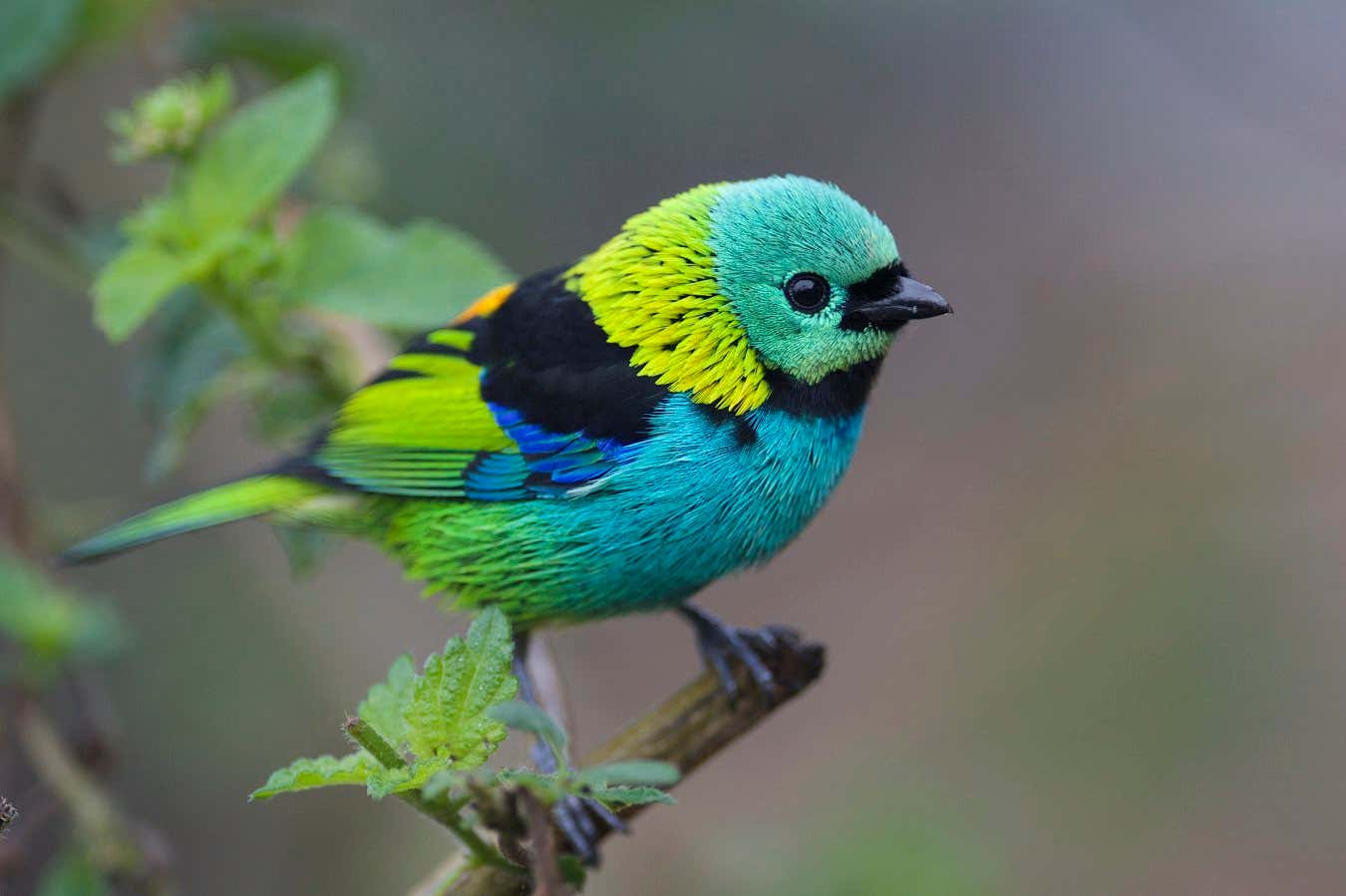Now Reading: Revealed: The Science Behind Songbirds’ Vibrant Colors
-
01
Revealed: The Science Behind Songbirds’ Vibrant Colors
Revealed: The Science Behind Songbirds’ Vibrant Colors

Quick Summary
- Brightly coloured tanagers and other songbirds appear striking due to hidden layers of black or white under their plumage.
- White underlayers enhance red and yellow feather pigment visibility, while black underlayers intensify blue, which is created by feather nanostructures scattering light.
- Researchers studied 72 feathers from taxidermied specimens in Los Angeles County’s Natural History Museum using photography and light reflectance measurements.
- Feather layering creates a contiguous top color over distinct bottom layers (black/white), influencing apparent brightness.
- Some differences in male and female plumage colours are explained by variations in the underlying layer (e.g., males have white beneath yellow; females have black).
- Similar mechanisms were noted across other songbird species like manakins and cotingas.
Indian Opinion Analysis
The study underscores the intricate biological optics behind bird plumage colouration, offering insights into evolutionary adaptation for mate attraction or camouflage among songbirds. The findings suggest that detailed structural layering rather than pigment alone influences visual intensity-a concept reminiscent of traditional art techniques used by painters worldwide.For India-a biodiversity hotspot-such research is vital for understanding ecological roles of indigenous bird species with similarly vivid feathers like kingfishers or sunbirds, potentially aiding conservation practices and ecotourism efforts grounded in scientific awareness.


























